One of the older still-running series in the gaming world, Tomb Raider has been here for many generations and taught many players the beauty of adventure games. Starting in 1996, Tomb Raider has managed again and again to revolutionize the adventure genre. Since there are so many installments that have been released throughout the years, we have decided to list every Tomb Raider game here in release order, for you to see where it all started.
Related: Embracer Group promises “sequels, remakes, remasters, spinoffs” of Tomb Raider, Deus Ex, more
Chronology of all Tomb Raider games
Tomb Raider (1996)
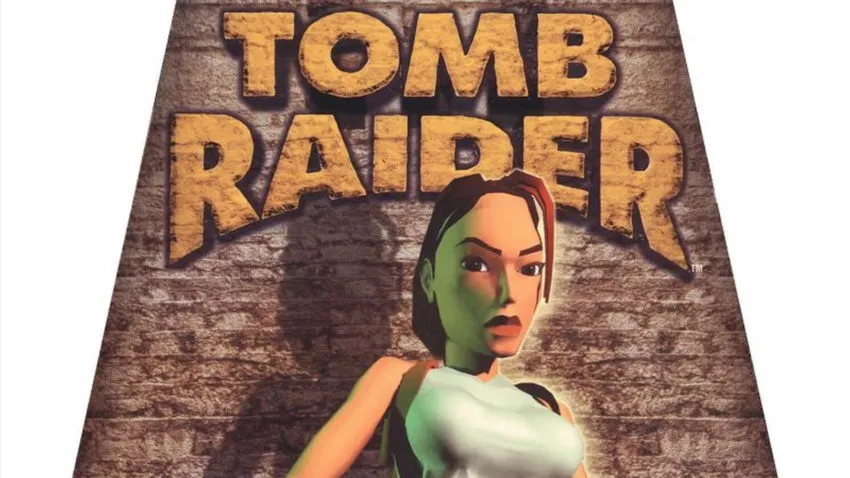
The first game in the Tomb Raider series was a massive success at the time because it had better graphics and gameplay mechanics than its peers. In this game, players took control of Lara Croft, a British adventurer, who traveled to a Peruvian tomb in search of an artifact. The plot might be something we all know too well, but, at the time, the game had a fresh perspective on the adventure genre.
Tomb Raider II: Starring Lara Croft (1997)
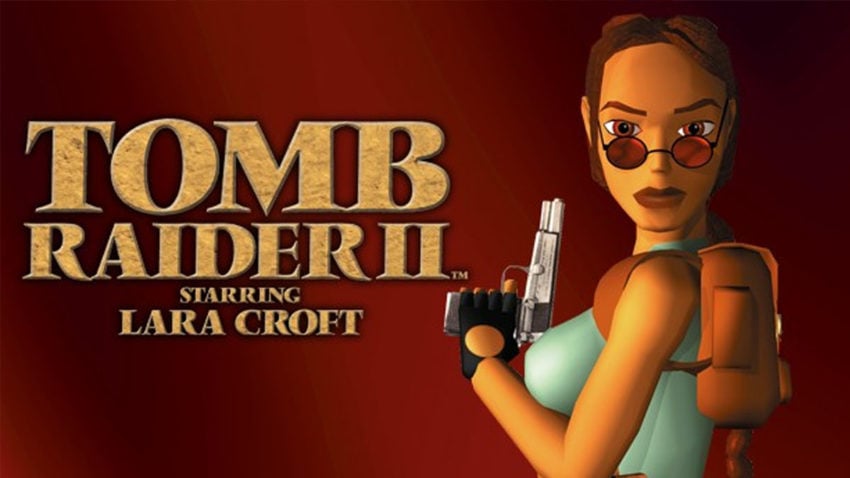
The sequel to the memorable Tomb Raider 1996 came a year later and it didn’t change much from the original game. What changed most for Tomb Raider 2 was the look of Lara Croft, who looked a bit more life-like, had a fully animated braid, and spent a bit of her money upgrading her outfits. It also had more of an action feel to it, relying on shootouts, rather than puzzles.
Tomb Raider III: Adventures of Lara Croft (1998)
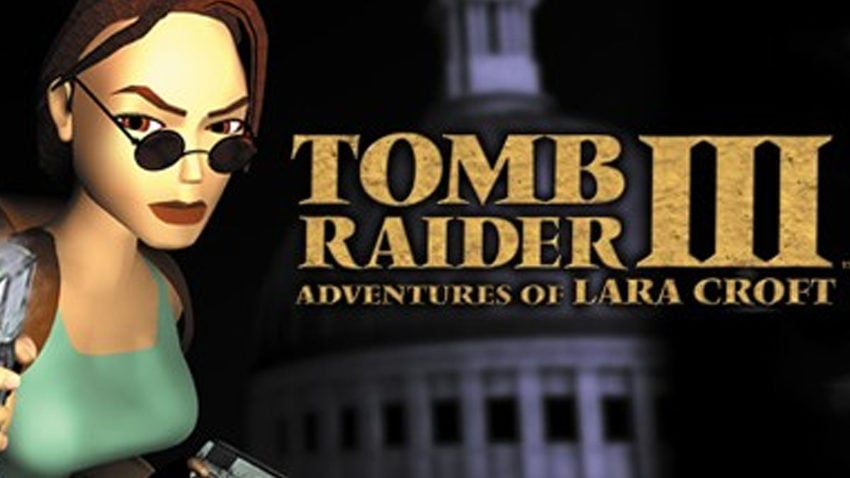
Though Tomb Raider 3 had an improved engine and provided players with an enhanced experience, in both gameplay and graphics, the reception for the game was relatively mixed. Critics and gamers liked it, as it focused more on puzzles, rather than on action, as opposed to the previous installment, but it failed to deliver something new. At this point, the series was getting stale.
Tomb Raider: The Last Revelation (1999)
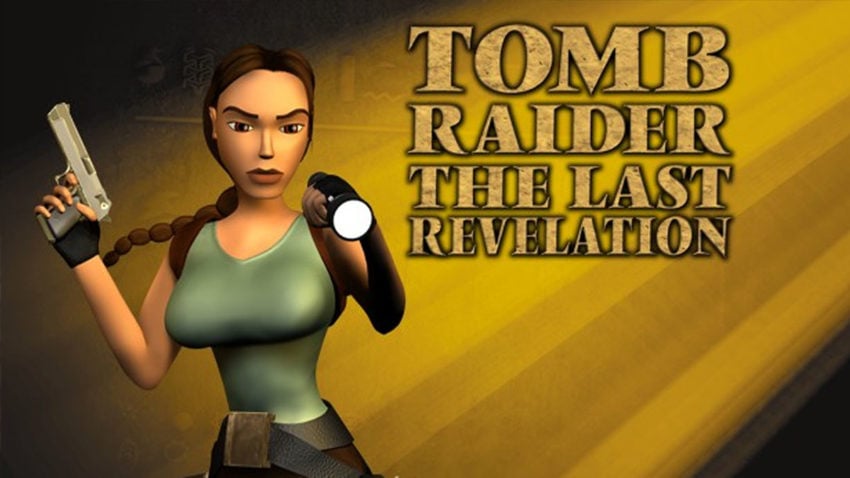
Tomb Raider: The Last Revelation can be taken as a sign of the things to come for Core Design, the developers of the game. Though the game has amazing sales, it still didn’t improve much from the last entry in the series and the devs were reaching a point of all-time fatigue. The publisher, Eidos Interactive, was pushing for yearly releases for the series, and Core Design was exhausted. For this game, the original plan was to kill Lara Croft for good and to end the series, but the publishers managed to push for more games.
Tomb Raider: The Nightmare Stone (2000)
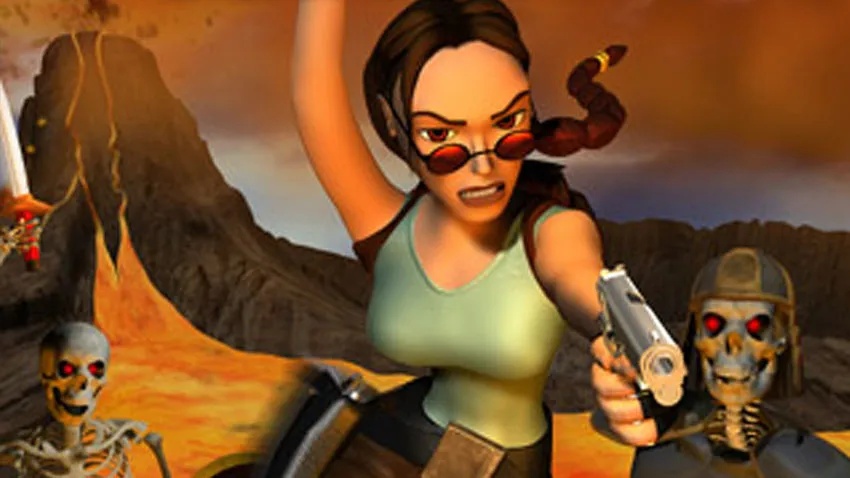
Tomb Raider: The Nightmare Stone was the first Tomb Raider game to ever come to a handheld console, and received fairly positive reviews for its gameplay mechanics.
Tomb Raider Chronicles (2000)
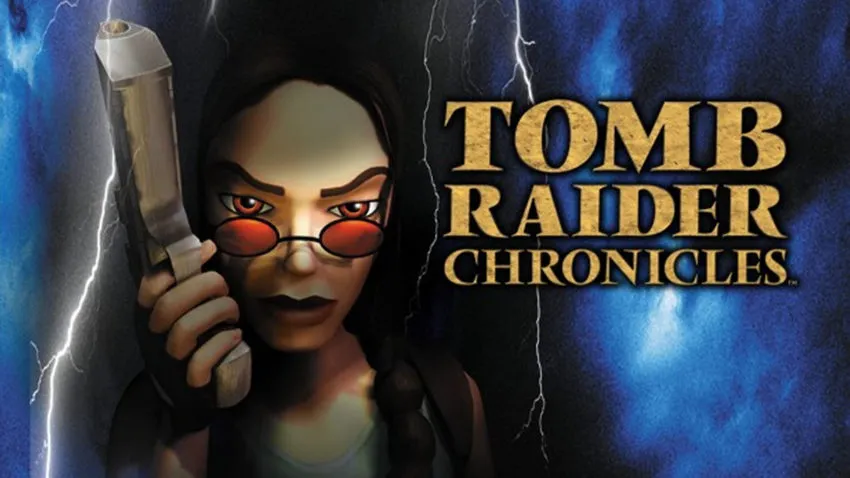
One of the worst-selling games in the series, Tomb Raider Chronicles was a massive failure for Core Design. Though many critics were calling this game the best one in the series, it didn’t hold up to the technology of the times. The formula was also oversaturated, with a new game released every year and not adding much to the overall experience.
Tomb Raider: Curse of the Sword (2001)
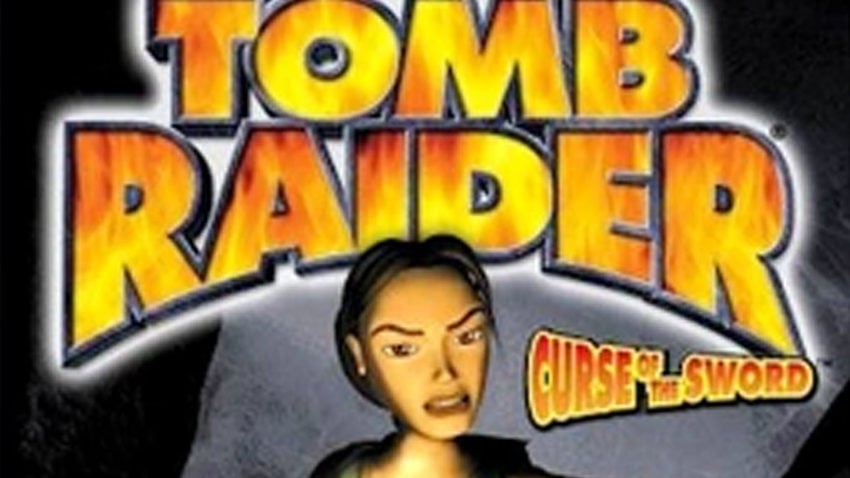
The sequel to The Nightmare Stone, Tomb Raider: Curse of the Sword delivered a similar experience for fans on the Game Boy Color. It had a similarly positive reception from the fans and critics as its prequel.
Tomb Raider: The Prophecy (2002)
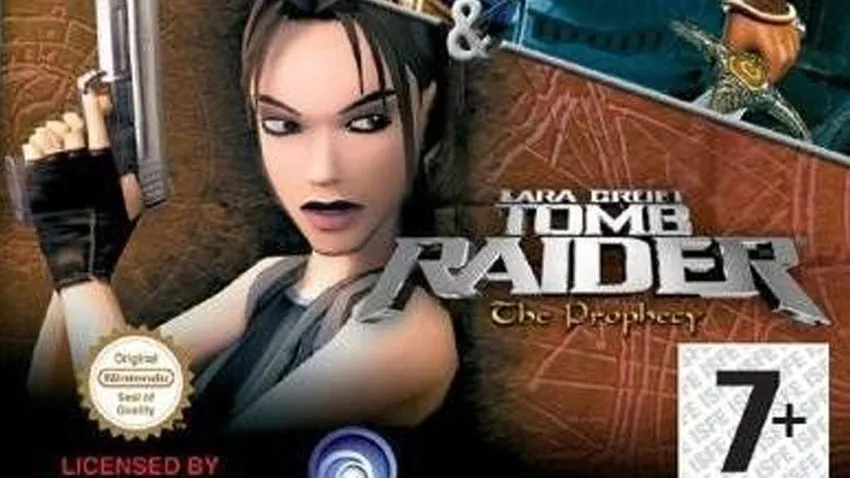
This game was developed by a different team, Ubisoft Milan, and was released for the Game Boy Advance. The game received mixed reviews as it was considered repetitive.
Lara Croft Tomb Raider: The Angel of Darkness (2003)
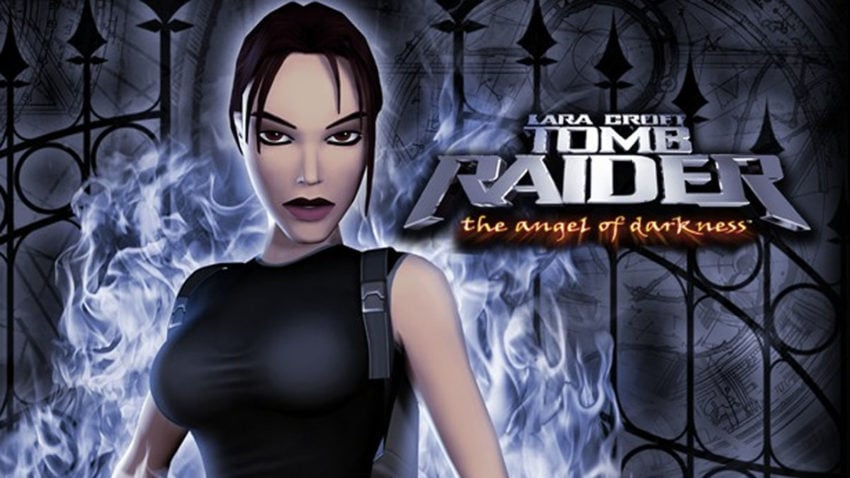
The last game developed by Core Design, Lara Croft Tomb Raider: The Angel of Darkness was a major failure for the studio. It received mainly negative reviews, even as the series finally went in a new direction. The Angel of Darkness was in development for three years and postponed its release date twice, as the studio failed to meet many deadlines. The idea for this game was to revolutionize Tomb Raider and bring the series to a new technological level of competition. However, Core Design failed to deliver a quality title and was ultimately fired from making their games. After these events, the studio was shut down in 2010.
Lara Croft Tomb Raider: Legend (2006)
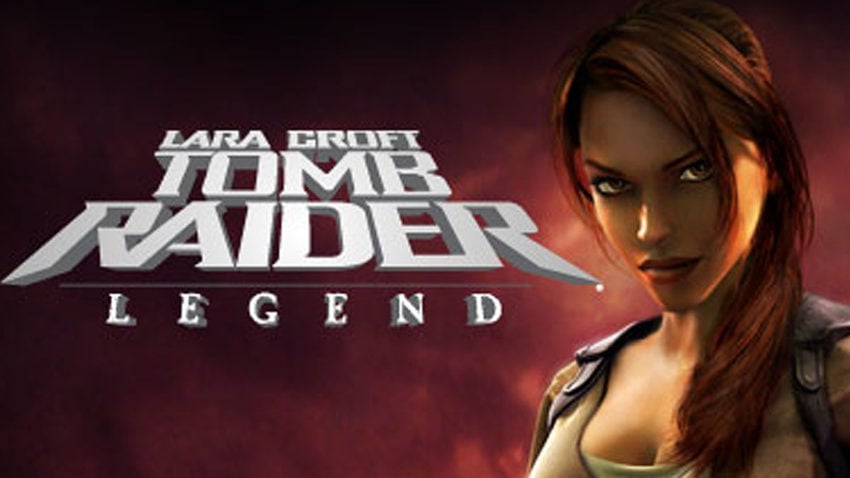
Lara Croft Tomb Raider: Legend was developed by a new studio, Crystal Dynamics, and managed to revitalize the series. The game was met with a lot of positive reviews and brought back Lara Croft on the gaming market. Thanks to this game, the fans finally had faith in the series again.
Related: The upcoming Tomb Raider game should have “less father issues,” according to writer
Lara Croft Tomb Raider: Anniversary (2007)
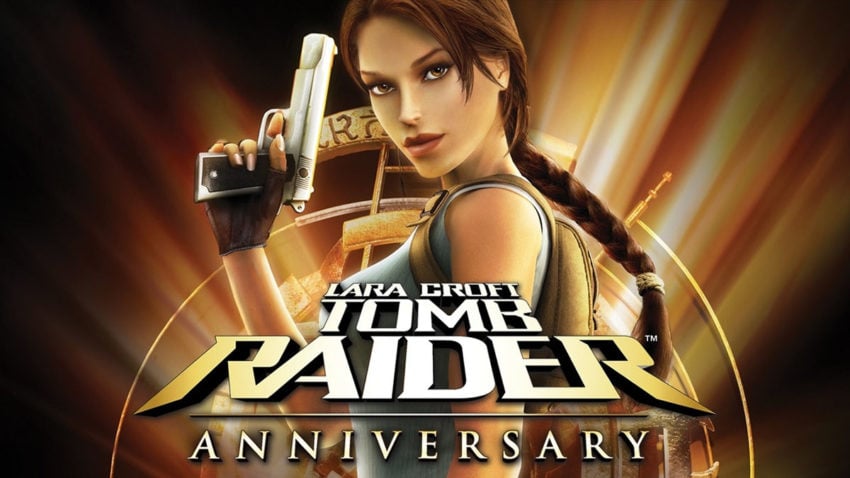
Though it was the worst-selling game in the series, Tomb Raider: Anniversary received mainly positive reviews, with critics and fans alike praising the game. The game was a remake of the original 1996 Tomb Raider and featured the same locations and enemies, but with the renewed graphics of the newer generations.
Tomb Raider: Underworld (2008)
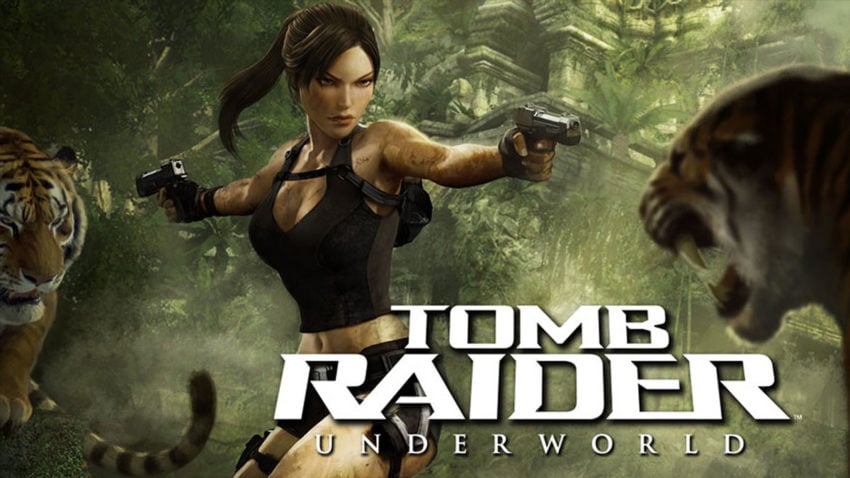
The final game published by Eidos Interactive before it was bought by Square Enix, Underworld got mainly positive reviews but underachieved in terms of sales. The game used motion capture for Lara Croft’s actions and featured great puzzles and graphics. The problems most had were the camera controls and the fighting system, which were sub-par to their peers.
Lara Croft and the Guardian of Light (2010)
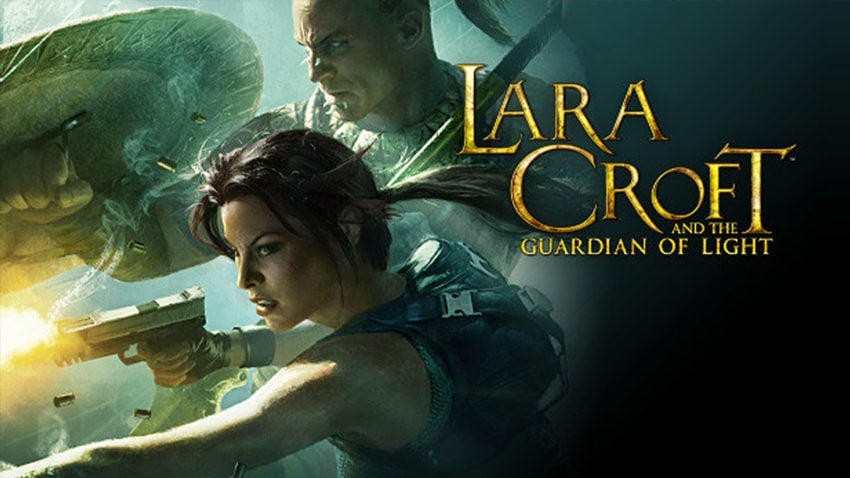
Lara Croft and the Guardian of Light was a great success for Crystal Dynamics as the game featured a cooperative main campaign, which the fans loved. The players had the opportunity to play in multiplayer as either Lara or a 2,000-year-old Mayan warrior named Totec to stop an evil spirit.
Tomb Raider (2013)
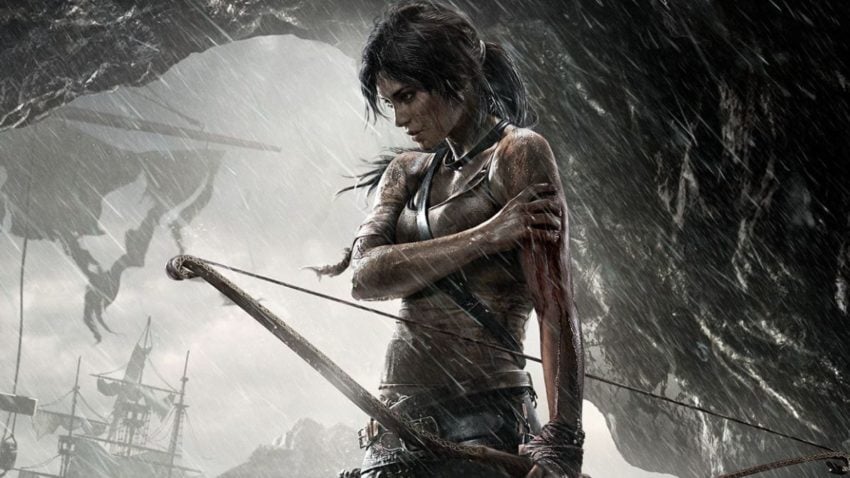
Tomb Raider is the tenth installment in the game’s main series and it is the most successful Tomb Raider game in the whole franchise’s history. It was loved by fans and critics alike and reached the highest sales number out of all the games. As a reboot, Tomb Raider 2013 follows a younger Lara Croft without her experience from the other games. The new direction was appreciated by the fans, who enjoyed a grittier story for Lara.
Lara Croft and the Temple of Osiris (2014)
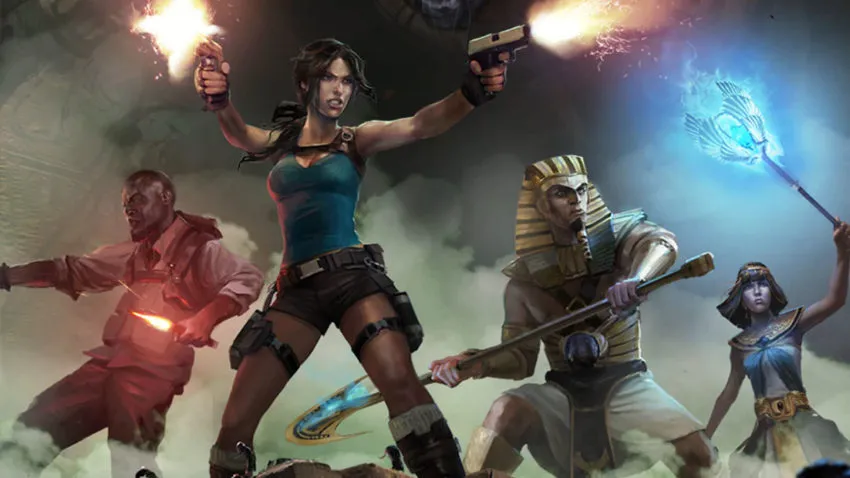
Lara Croft and the Temple of Osiris is a non-linear arcade action game with a fixed isometric camera and is the sequel to Lara Croft and the Guardian of Light. The game received mixed reviews from fans as the game was solid but it did not deliver any new mechanics to the series.
Rise of the Tomb Raider (2015)
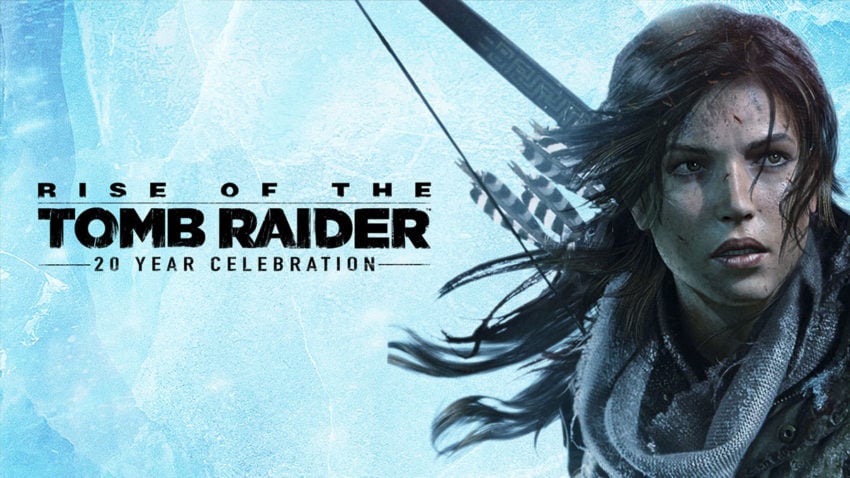
The second installment in the 2013 reboot of the series, Rise of the Tomb Raider delivered a cinematic experience for fans, as Lara Croft starts her tomb-raiding journey. Though the game was considered an overall improvement from its prequel, critics have stated that the story of the game was predictable and a bit lackluster.
Shadow of the Tomb Raider (2018)
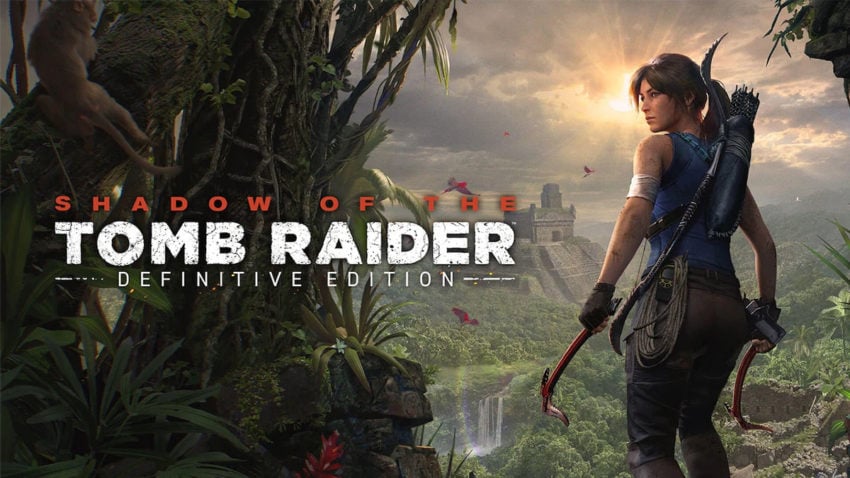
The third and final entry in the Survivor trilogy, Shadow of the Tomb Raider is the last game that has followed the storyline of the 2013 reboot. The game had success and has gotten mainly positive reviews, but many have criticized the series for becoming stale in terms of gameplay and graphics.

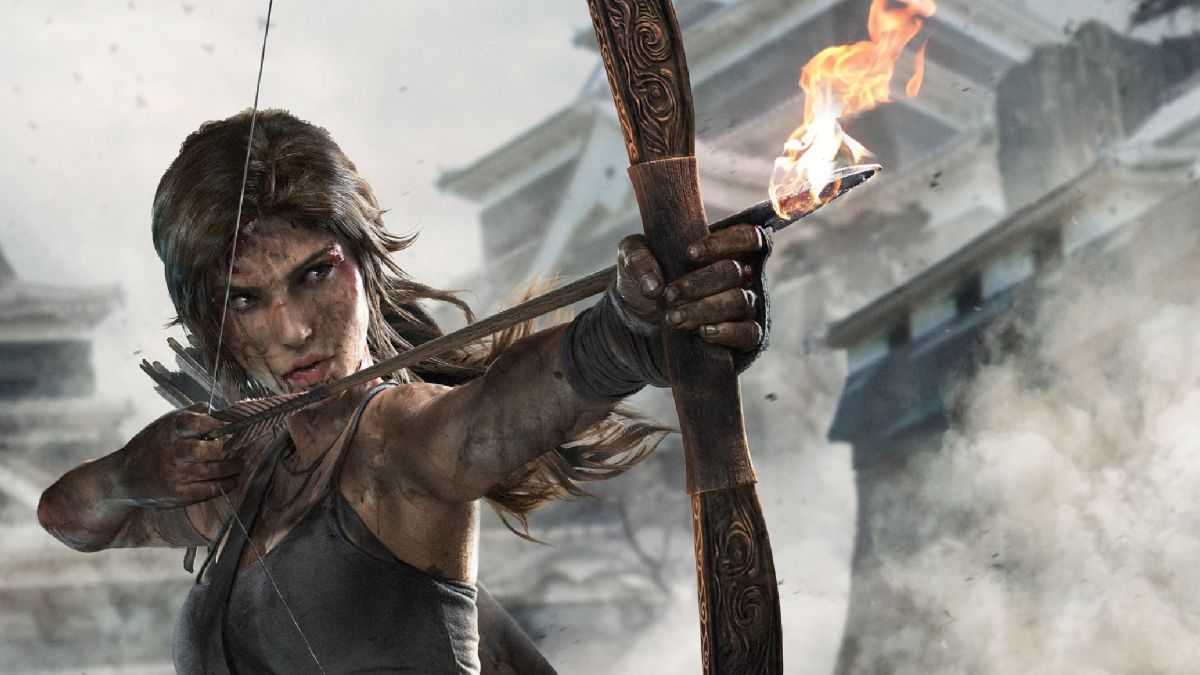
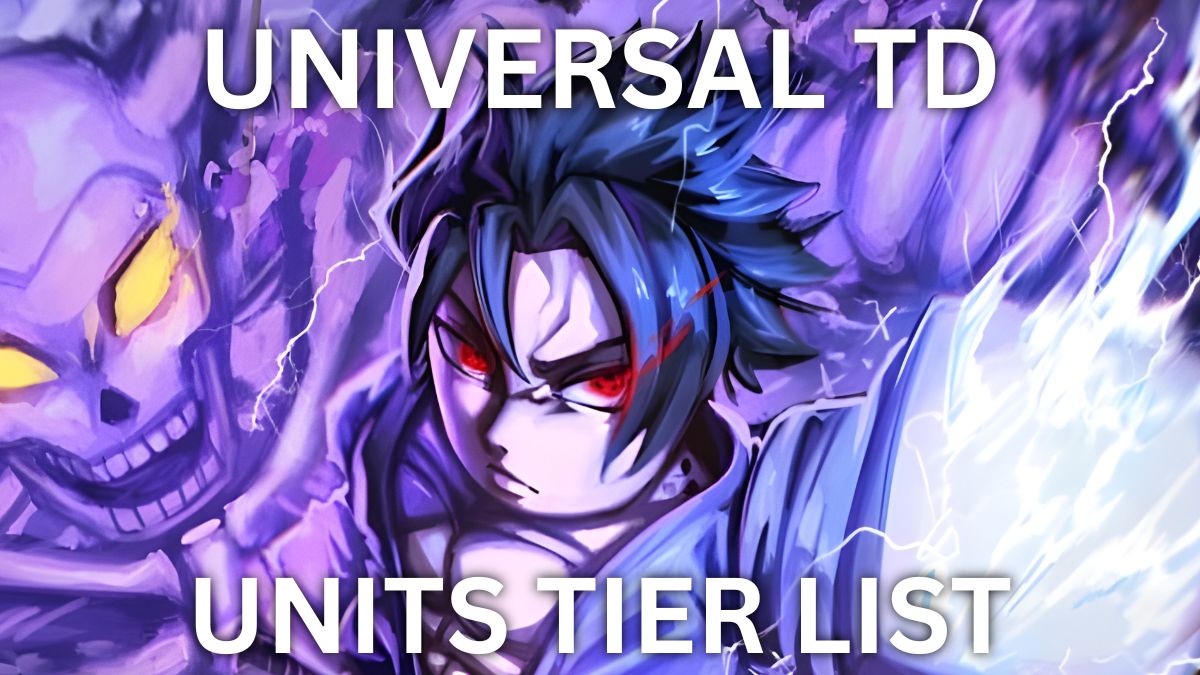


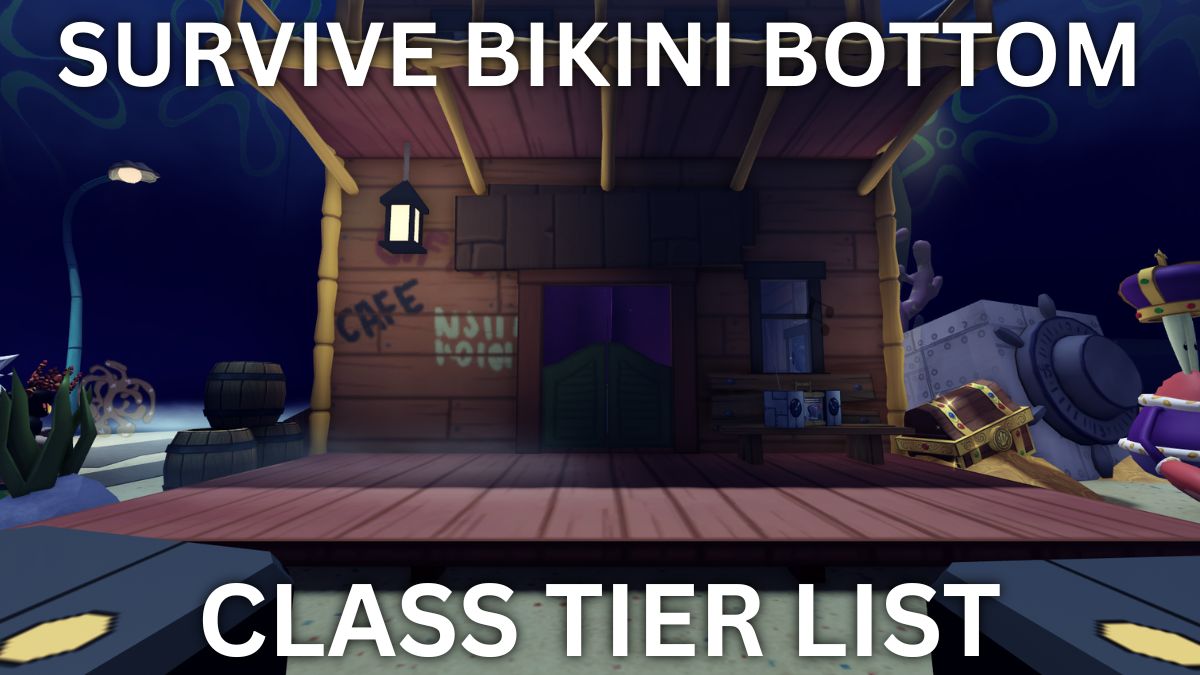
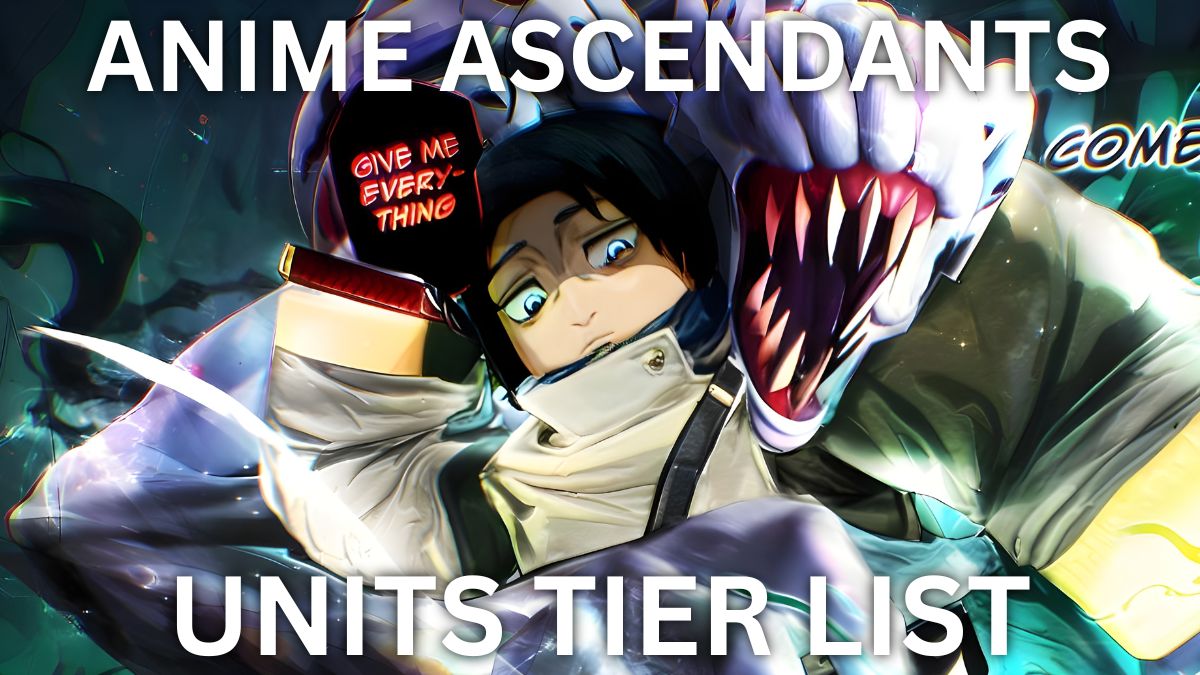

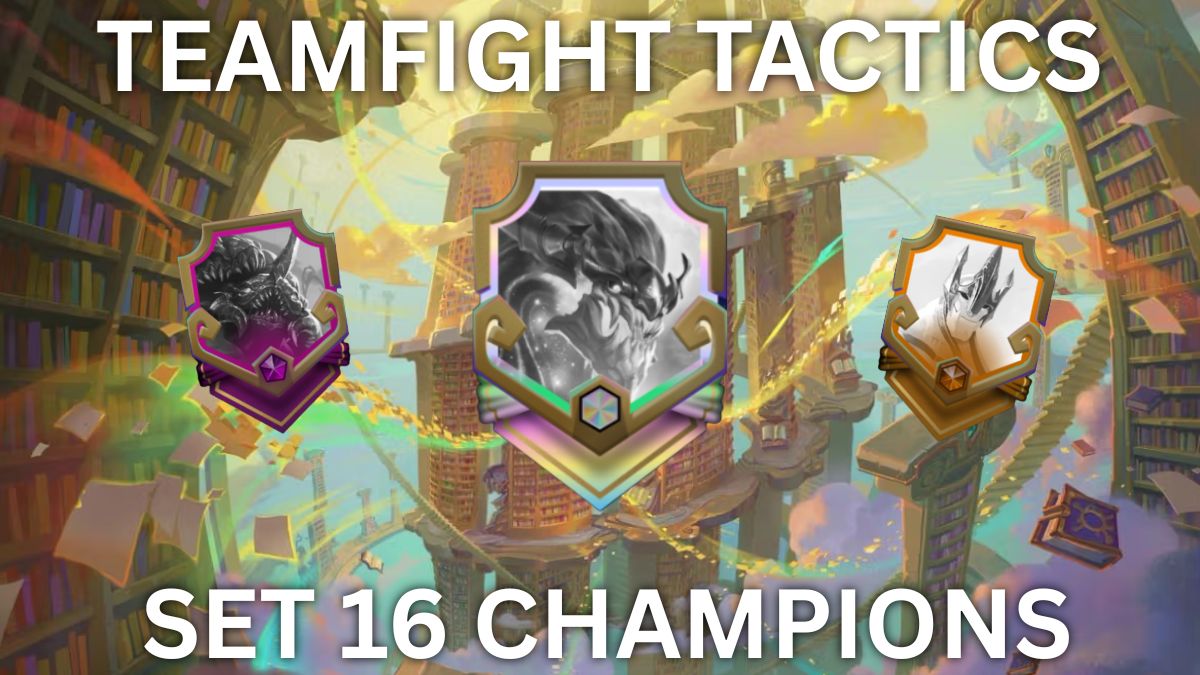

Published: Nov 2, 2022 05:56 am